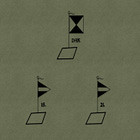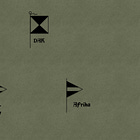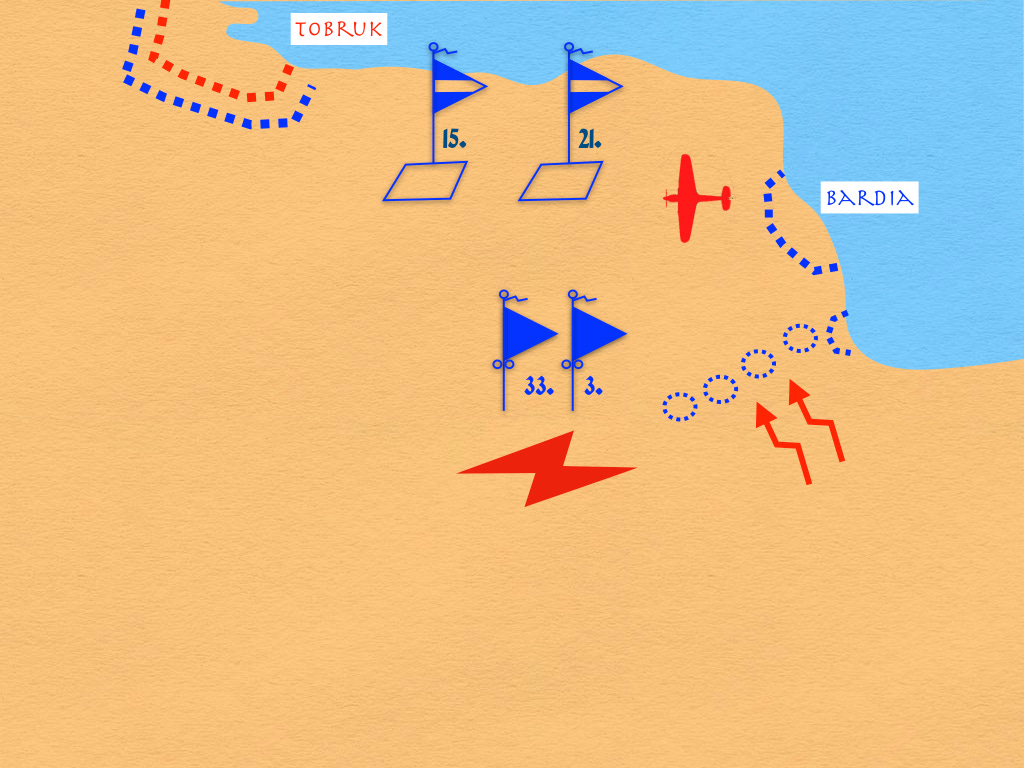Cassandra's Curse (Second Problem)
A Decision-Forcing Case
This post is the fifth installment of a decision-forcing case study. If you haven’t done so already, you will want to read the first three parts of the series and engage the first problem.
Historical Solution to the First Problem
As you begin to make plans for the attack on Tobruk, it becomes clear to you that the 33rd Reconnaissance Battalion (the reconnaissance battalion of the 15th Armored Division) has no role to play in that enterprise. Thus, when General Rommel places both of the reconnaissance battalions previously assigned to the Africa Corps under the direct control of Armored Army Africa, you express no objection.
At the same time, you maintain close contact with the commanders of both reconnaissance battalions. In particular, you arrange to monitor the radio nets that they use to inform General Rommel of their activities and observations.
The Second Problem
It is now 16 November 1941.
Yesterday, the German and Italian forces assigned to the attack on Tobruk began to move into their assembly areas.
General Rommel, however, has made it clear that he will not order the attack until the arrival of additional heavy artillery, additional artillery ammunition, and additional supplies for the mobile elements of Armored Group Africa. (In General Rommel’s view, the British will probably respond to our attempt to take Tobruk by attacking our forces east of that fortress. Thus, he anticipates the need to fight two battles at once, one against the defenders of Tobruk and another against the British field army.)
In the past two weeks, British infantry and South African armored cars have been active in front of some of the forts along the Egyptian frontier. (They haven’t tried to attack any of these forts. However, they seem to be looking for gaps in our defenses.)
Yesterday (15 September 1941), General Rommel assigned both reconnaissance battalions to the 21st Armored Division, which placed both units under the command of the commanding officer of the 3rd Reconnaissance Battalion, Baron Irnfried von Wechmar.
Last night, British aircraft attacked the area west of Bardia, just east of places occupied by elements of the 21st Armored Division.
Today, patrols of the 3rd Reconnaissance Battalion observed British armored cars operating west of the border fortifications. As they believed themselves to be outnumbered, the patrols withdrew rather than engage the British vehicles.
Aerial reconnaissance shows no signs of either the massing of troops or the building of supply depots.
Our radio intercept service has found no evidence of the forward movement of British formations.
A heavy rain has begun to fall, turning desert airfields into quagmires. As a result, neither German nor Italian aircraft will be able to fly until the rain stops and the airfields dry out.
What, General Crüwell, do you do?
The case continues with the third problem …









Increase local security around all DAK units and send out reconnaissance units to locate and report on enemy reconnaissance units operating in DAK’s AOR. On order, 15th Panzer Division will attack to clear enemy reconnaissance units from DAK’s AOR with a company or battalion sized task force (kampfgruppe) as appropriate. Since Panzer Gruppe Afrika has control of both reconnaissance battalions and 21st Panzer Division, they are the primary force responsible for locating and defeating the enemy reconnaissance units reported west of the fortress line, but this no time to be complacent or inactive.